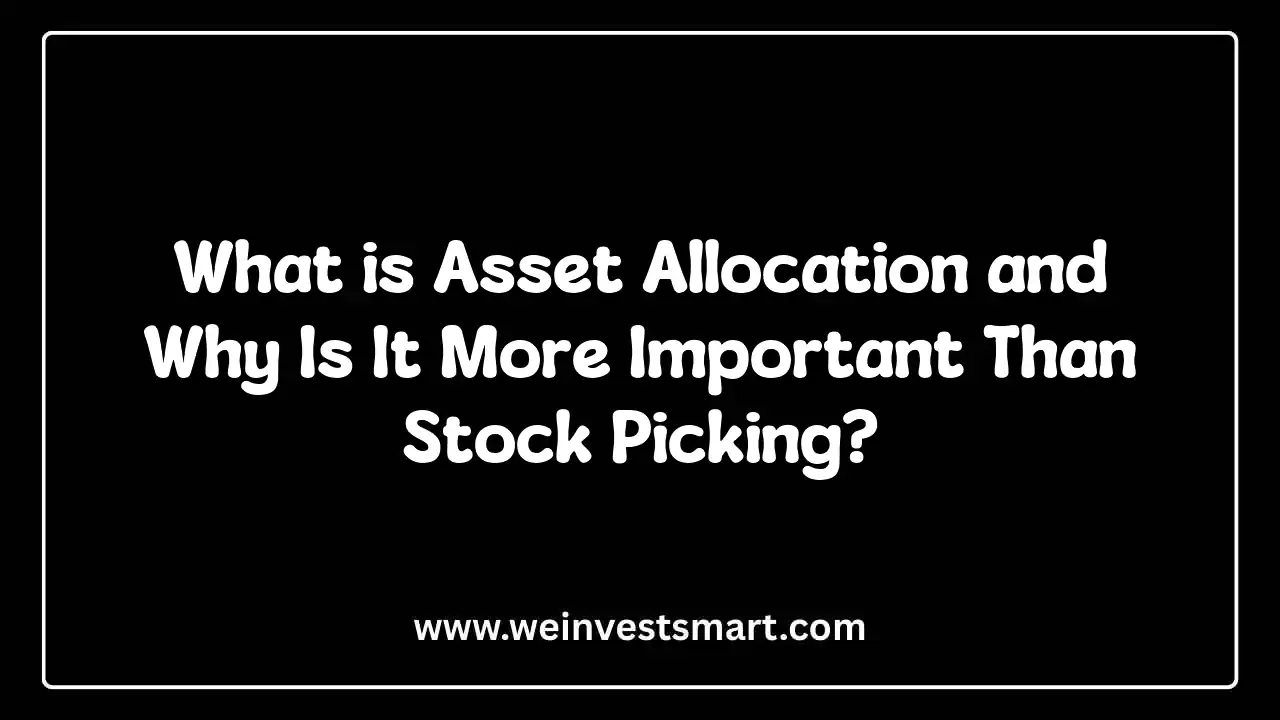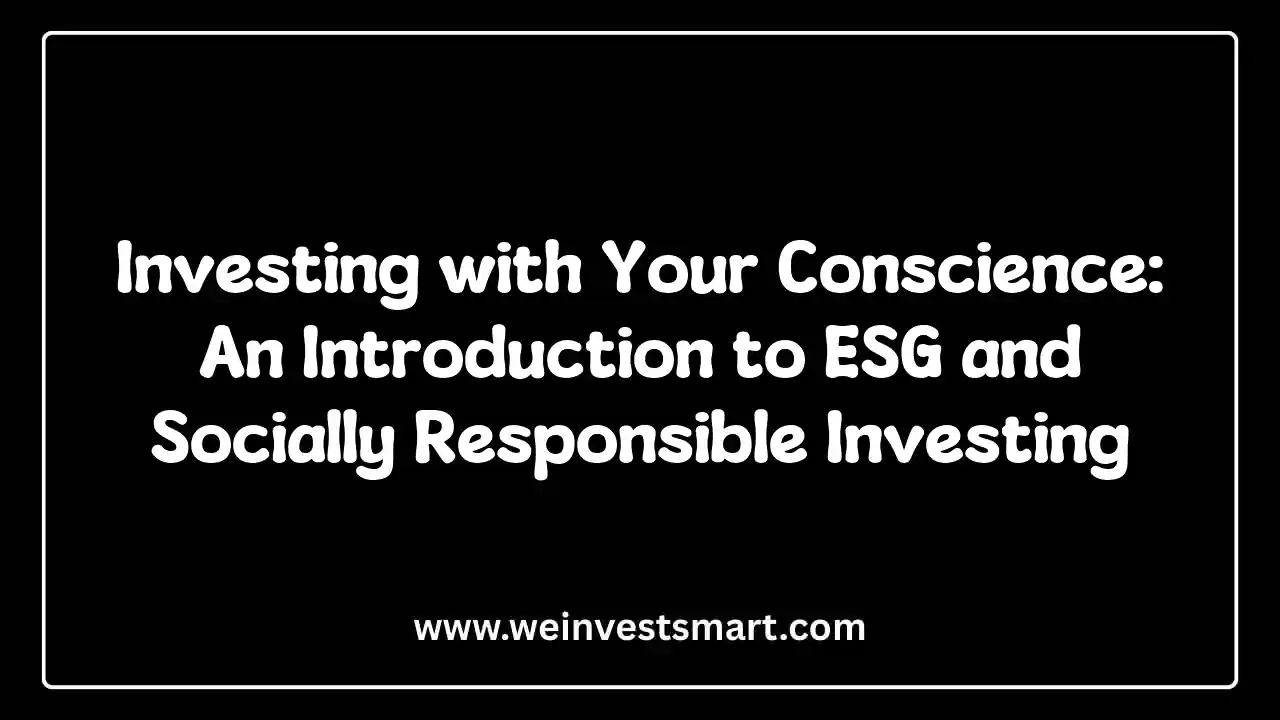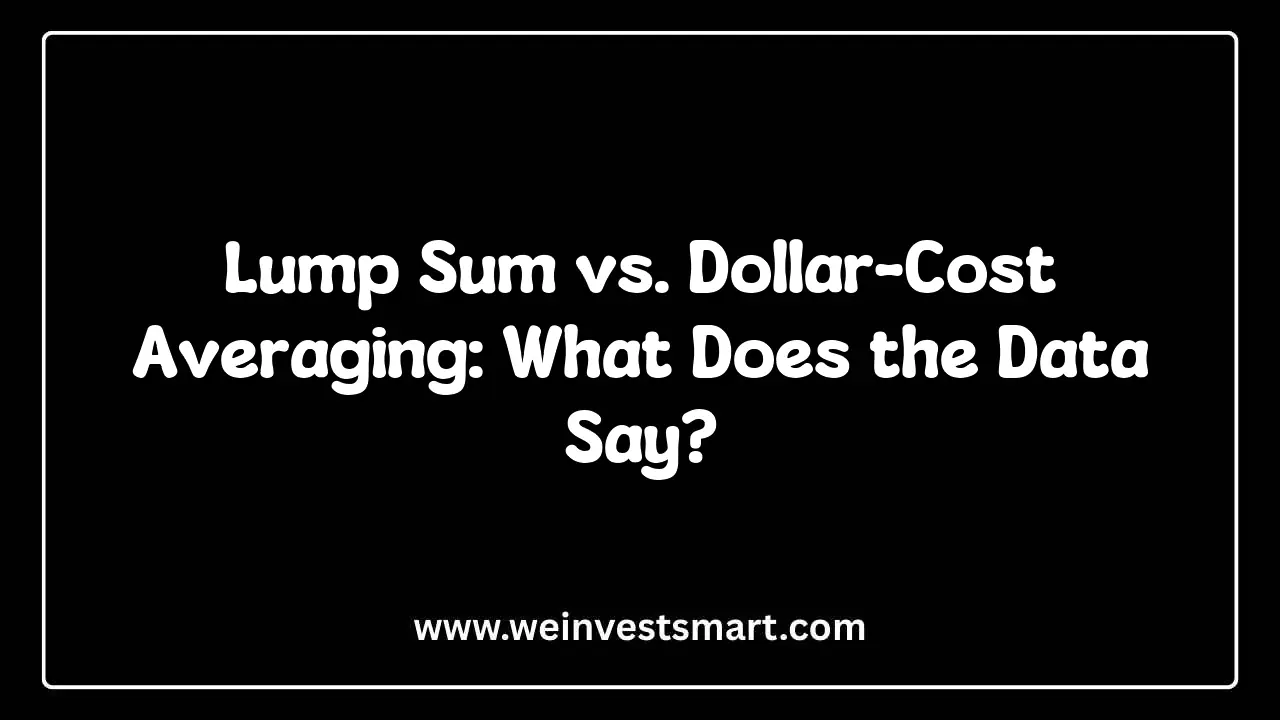· WeInvestSmart Team · investment-strategies · 10 min read
Understanding Market Capitalization: Why Large-Cap, Mid-Cap, and Small-Cap Stocks Matter
Demystify market capitalization and discover the unique risk/reward profiles of large-cap, mid-cap, and small-cap stocks. Learn why a strategic mix of different cap sizes is the secret to building a truly resilient, well-rounded investment portfolio.
Most people, when they first start investing, think in terms of household names. They buy stock in the company that made their phone, the coffee they drink, or the car they drive. It’s an intuitive starting point, but it’s dangerously incomplete. They’re picking companies based on familiarity, without understanding one of the most fundamental characteristics that separates one stock from another: its sheer size. And here’s the uncomfortable truth: ignoring a company’s size is like trying to build a championship sports team by only recruiting seven-foot-tall centers. You’ll have strength, but you’ll be missing the speed, agility, and specialized skills needed to actually win the game.
The world of stocks isn’t a homogenous collection of equals. It’s a complex ecosystem with giant, continent-spanning redwoods, sturdy and mature oak trees, and fast-growing, nimble saplings. Each plays a different role, and each has a different potential for growth and a different level of risk. Going straight to the point, the single most important metric for understanding this ecosystem is market capitalization.
If you’ve ever felt that the stock market is a chaotic and unpredictable casino, this concept is the antidote. It’s the organizing principle that brings order to the chaos. And this is just a very long way of saying that to build a truly robust and resilient investment portfolio, you must first become an architect who understands the different building materials at your disposal. You need to understand market cap.
The Foundation: What Exactly is Market Capitalization?
Before we can appreciate the differences, we must understand the definition. And the funny thing is, for a concept that sounds so technical, it’s incredibly simple.
Going straight to the point, market capitalization (or “market cap”) is the total market value of a publicly traded company’s outstanding shares. It’s a simple calculation:
Market Cap = Current Share Price × Total Number of Outstanding Shares
Think of it like this: if a pizza shop decides to sell itself to the public by issuing 1,000 “shares” (or slices) of ownership, and each slice is currently trading for $20, the pizza shop’s market cap is $20,000. That’s it. It’s a quick-and-dirty measure of a company’s size as perceived by the public market.
This single number tells us a story. It gives us a sense of a company’s scale, its history, and its potential place in our portfolio. While the lines can be blurry, the investment world generally sorts companies into three main categories. Let’s break them down.
The Titans: Large-Cap Stocks (The Battleships)
General Market Cap: $10 billion or more
These are the giants, the household names, the titans of industry. Think Apple, Microsoft, Amazon, and Johnson & Johnson. Large-cap stocks are the bedrock of the global economy and form the core of major indices like the S&P 500, which represents about 80% of the total U.S. stock market’s value. They are the battleships of the investing world.
The Risk/Reward Profile of Large-Caps
- Stability and Lower Risk: Large-caps are mature, well-established companies. They have diverse revenue streams, often spanning multiple countries, which makes them less vulnerable to a downturn in any single market. Their stocks tend to be less volatile than smaller companies, providing a stabilizing anchor for a portfolio during turbulent times.
- Proven Track Record: These companies didn’t become giants by accident. They have a long history of profitability, dominant market positions, and what Warren Buffett calls a “wide moat”—a sustainable competitive advantage that protects them from rivals.
- Dividend Payments: Because they are so profitable and often have fewer avenues for hyper-growth, large-caps are more likely to return a portion of their profits to shareholders in the form of dividends, creating a steady income stream for investors.
- Moderate Growth Potential: The trade-off for all this stability is more limited growth potential. A $2 trillion company is not going to double in size overnight. The “law of large numbers” kicks in; it’s simply harder to grow at a rapid pace when you’re already enormous.
The Analogy: Investing in a large-cap stock is like buying a fully-built skyscraper in the middle of Manhattan. It’s a prime piece of real estate, generates steady rent (dividends), and is unlikely to crumble. But you’re not going to see its value multiply tenfold in a year. It’s an investment in stability and strength.
The Challengers: Small-Cap Stocks (The Speedboats)
General Market Cap: $250 million to $2 billion
On the opposite end of the spectrum are the small-caps. These are younger, smaller companies, often operating in niche markets or emerging industries. They are not yet household names, but they harbor the potential to become the large-caps of tomorrow. Think of them as the agile speedboats of the investing world, zipping around the giant battleships.
The Risk/Reward Profile of Small-Caps
- High Growth Potential: This is the main attraction. A small, innovative company has a much longer runway for growth. It’s far easier for a $500 million company to become a $1 billion company than for a $1 trillion company to become a $2 trillion one. Many of today’s giants, like Amazon and Tesla, were once small-cap stocks.
- Higher Volatility and Risk: With great potential comes great risk. Small-cap stocks are significantly more volatile than large-caps. They are more sensitive to economic downturns, changes in interest rates, and competitive pressures. They may be unprofitable, have less access to capital, and have a higher chance of business failure.
- Less Scrutiny: Unlike large-caps, which are followed by armies of Wall Street analysts, many small-caps are “under the radar.” This can create opportunities for diligent investors to find undiscovered gems before the rest of the market catches on.
- Acquisition Targets: Successful small-cap companies often become attractive acquisition targets for their larger-cap rivals, which can lead to a sudden and significant payday for shareholders.
The Analogy: Investing in a small-cap stock is like planting an acorn. It requires patience and carries the risk that it may never grow. But if it does, it could one day become a mighty oak tree, generating returns that dwarf your initial investment.
The Sweet Spot: Mid-Cap Stocks (The All-Stars)
General Market Cap: $2 billion to $10 billion
Here’s where things get interesting. Nestled between the lumbering giants and the risky upstarts lies the “Goldilocks” category: mid-cap stocks. These are companies that have successfully navigated the treacherous startup phase of a small-cap but haven’t yet reached the massive scale (and slower growth) of a large-cap.
The Risk/Reward Profile of Mid-Caps
- The Best of Both Worlds: Mid-caps offer a compelling blend of the growth potential found in small-caps and the stability inherent in large-caps. They are established businesses with proven products and solid financials, yet they are still nimble enough to grow at an accelerated pace.
- Proven Performers: Historically, mid-cap stocks as a group have often outperformed both large-caps and small-caps over long periods. For example, between 2003 and 2023, the S&P MidCap 400 Index delivered higher annual returns than the large-cap S&P 500.
- Undervalued and Overlooked: The funny thing is that mid-caps are often the forgotten middle child of the market. Large institutional funds focus on the liquidity of large-caps, while retail investors are often drawn to the lottery-ticket allure of small-caps. This can leave mid-caps attractively valued.
- Future Large-Caps: Investing in mid-caps is essentially investing in the next generation of market leaders. Companies like Netflix and Tesla were once mid-caps on their journey to becoming global powerhouses.
The Analogy: Investing in a mid-cap is like backing a talented athlete who has just made it to the professional leagues. The initial risk of them flaming out is greatly reduced, they are already a proven performer, but their superstar potential is still ahead of them.
The Antidote to Chaos: Building a Diversified Portfolio with Market Caps
Okay, so we understand the different building blocks. How do we use them to construct a sound portfolio? The answer is diversification across market capitalizations.
This sounds like a trade-off, but it’s actually a desirable thing: we covet this mix because different market caps perform well at different times.
- During strong economic expansions and bull markets, the higher growth potential of small-caps often leads them to outperform.
- During economic downturns or periods of uncertainty, investors flock to the safety and stability of large-caps.
- Mid-caps often provide a solid middle ground, capturing upside while offering more resilience than small-caps.
By owning a mix of all three, you create a portfolio that is less dependent on any single economic environment. It smooths out the ride, reduces overall volatility, and positions you to capture growth wherever it may occur. This is the core principle of building an all-weather portfolio.
How to Implement Market Cap Diversification
For most investors, the simplest and most effective way to achieve this is through low-cost index funds or Exchange Traded Funds (ETFs).
- Large-Cap Exposure: An S&P 500 index fund (like VOO or IVV) is the classic way to own a diversified portfolio of America’s largest companies.
- Mid-Cap Exposure: Look for ETFs that track the S&P MidCap 400 Index (like IJH or MDY).
- Small-Cap Exposure: ETFs that track the Russell 2000 Index (like IWM) or the S&P SmallCap 600 (like IJR) provide broad exposure to this segment.
You can decide on an allocation that matches your risk tolerance and time horizon. A younger investor might allocate more to small- and mid-caps for higher growth, while someone nearing retirement might lean more heavily on stable large-caps.
The Bottom Line: You’re Not Just Picking Stocks, You’re an Architect
The formula for building a resilient, long-term portfolio is not about finding the “next big thing.” It’s about intelligent design.
(Strategic Allocation across Market Caps + Time) - (Fear-driven Mistakes) = A Well-Built Financial Future
You cannot control which category will lead the market next year. But you have absolute, 100% control over how you structure your portfolio across these fundamental building blocks.
And this is just a very long way of saying that understanding market capitalization is the transition from being a stock-picker to becoming a portfolio architect. It’s about recognizing that the market is not a collection of random tickers but a dynamic ecosystem of companies at different stages of their life cycle. By thoughtfully combining the stability of the giants, the growth engine of the challengers, and the balanced power of the all-stars, you can build a portfolio that is structurally sound and prepared to weather any storm the market throws its way.
Understanding Market Capitalization FAQ
What is market capitalization?
Market capitalization is the total market value of a publicly traded company’s outstanding shares, calculated by multiplying the current share price by the total number of outstanding shares. It represents a company’s size as perceived by the market.
What are large-cap stocks?
Large-cap stocks are companies with a market capitalization of $10 billion or more. They are mature, established companies like Apple and Microsoft, offering stability and dividends but with more limited growth potential.
What are mid-cap stocks?
Mid-cap stocks have a market capitalization between $2 billion and $10 billion. They offer a balance of growth potential and stability, often outperforming large-caps and small-caps over long periods.
What are small-cap stocks?
Small-cap stocks have a market capitalization between $250 million and $2 billion. They are younger companies with high growth potential but also higher volatility and risk compared to larger companies.
How should I allocate between different market caps?
Diversify across market caps based on your age and risk tolerance. Younger investors might allocate more to small- and mid-caps for growth, while those nearing retirement should favor large-caps for stability. Use index funds for broad exposure.



